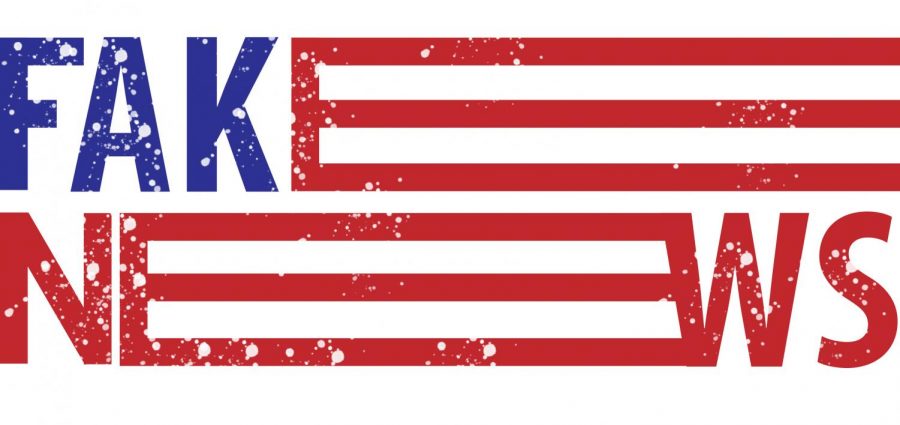Your donation will support the student journalists of Akins High School. Your contribution will allow us to purchase equipment and cover our annual website hosting costs.

Grade: 11
Academy: New Tech
Year on Staff: 2nd year
Title: In-Depth Editor
Why they are on staff?: The man, the myth himself Elijah Calderon wanted to join this class, so I did too.
What do you do for fun?: Waste my time playing video games, make music, or make video games.
What movie do you recommend that everyone watch?: A Clockwork Orange
Plans for after high school?: Go to college. (ACC then maybe transfer somewhere else; basically what everyone else says in this entire school)
Hidden Talent: I can play three instruments, I can also draw pretty well.

Academy: New Tech
Year on Staff: 2nd
Title: Staff writer
Why they are on staff? To get good grades and graduate
What do you do for fun? Play video games (mainly fortnite right now)
What movie do you recommend that everyone watch? none
Plans for after high school? Work on cars

